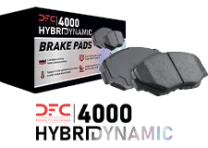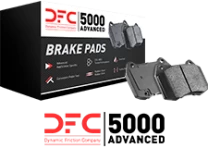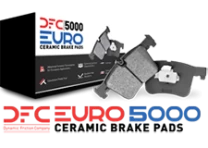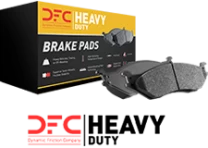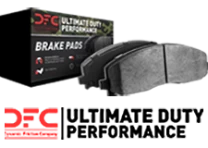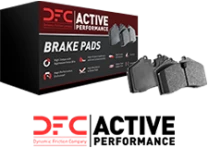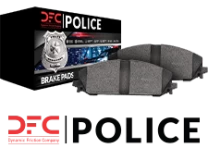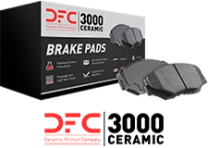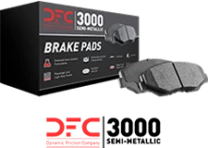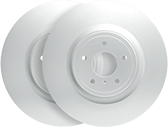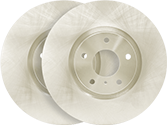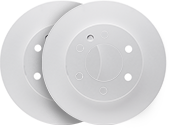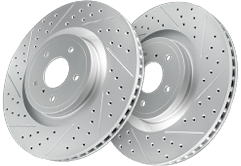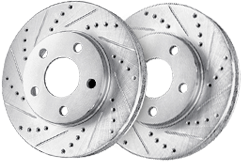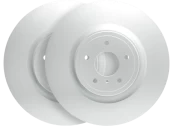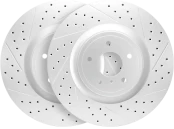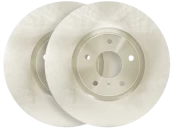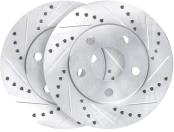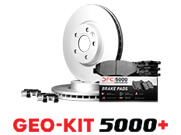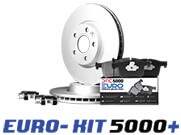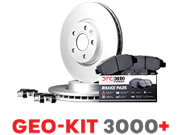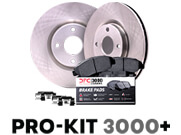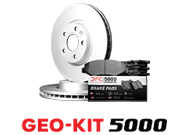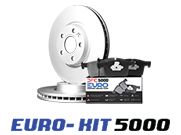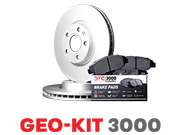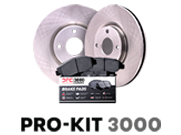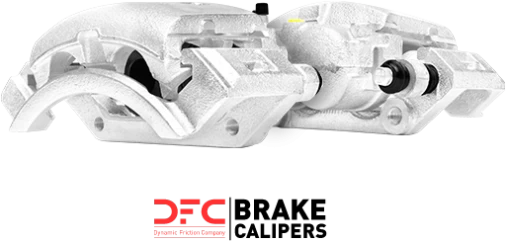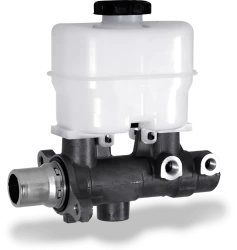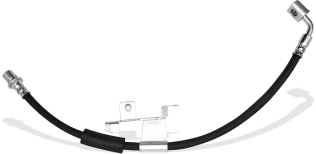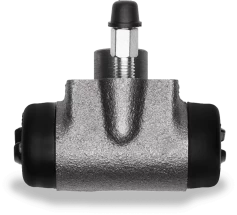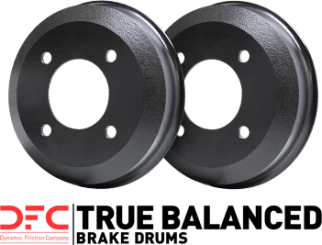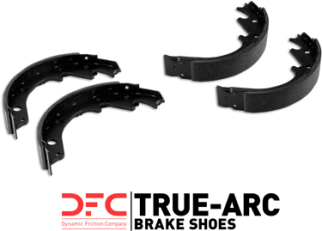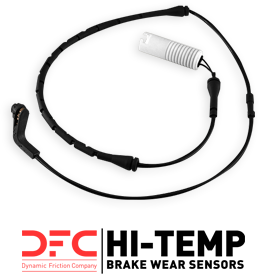At Dynamic Friction Company (DFC), innovation is at the heart of what we do. Our Research & Development (R&D) team plays a central role in developing and commercializing advanced braking systems, setting industry standards for braking performance, safety, and durability, ensuring that every DFC product meets or exceeds Original Equipment Manufacturer (OEM) requirements. Here’s a look inside our R&D process and how it shapes the brake pads, rotors, and hardware that keep our customers safe on the road.
A Commitment to Quality and Performance
DFC’s R&D process begins with a commitment to quality and performance. With a focus on delivering solutions that meet the demands of both everyday drivers and high-performance applications, DFC’s R&D team rigorously evaluates materials, design, and performance metrics to engineer brake components that exceed customer expectations.
We strive to provide the most advanced products on the market, developing them through continuous testing, evaluation, and improvement. This commitment to excellence in quality sets DFC apart as an industry leader.
Advanced Testing for Real-World Brake Pad Reliability
The demands of daily driving—and high-performance conditions—require brakes that deliver consistent, reliable performance. DFC’s R&D team employs cutting-edge testing methods, including:
- Dynamometer Testing: Simulating real-world driving conditions, dynamometer testing allows DFC to observe brake behavior under extreme temperature and pressure. This testing ensures our brakes perform consistently, even in demanding situations.
- Thermal Stress Testing: To understand how our brake pads and rotors perform under prolonged heat, DFC conducts rigorous thermal tests. These tests help us create products with excellent fade resistance and extended wear, maintaining stable performance over time.
- NVH (Noise, Vibration, and Harshness) Testing: DFC is dedicated to ensuring a quiet and comfortable driving experience, and NVH testing plays a crucial role. By refining our products to reduce noise and vibrations, we can provide a quieter ride and increase the longevity of braking components.
Through this rigorous testing, DFC’s R&D team gathers essential data that drives continuous improvement, giving our customers the confidence that our brake products will perform consistently in real-world conditions.
Engineering Ultra Premium Brake Pads with Premium Materials
At DFC, material quality is key. Our R&D team carefully selects high-grade components that enhance performance, durability, and safety. Some highlights include:
- Premium Friction Materials: Tailored to different vehicle applications, DFC’s friction materials provide reliable stopping power, fade resistance, and low dust characteristics, ensuring smooth performance across our product lines.
- Advanced Coatings: Our GeoSpec rotors feature a patented silver-gray coating that provides exceptional corrosion resistance, increasing longevity and ensuring brakes are ready for immediate installation without preparation.
- Premium Shims: The RSR (Rubber-Steel-Rubber) shims used in DFC brake pads minimize noise, vibration, and harshness, ensuring that DFC products provide a quiet, smooth, and comfortable driving experience.
This focus on premium materials allows us to deliver brake parts that perform reliably under various driving conditions while maximizing durability and driver comfort.
Meeting and Exceeding OEM Standards
DFC is dedicated to not only meeting but exceeding OEM standards. Every DFC product is engineered to match the original specifications for the vehicle it serves, ensuring an OEM-quality fit and function that drivers can depend on.
Our R&D team adheres to strict standards and benchmarks during every stage of the product development process, from material selection to final product testing. This ensures that each DFC brake pad, rotor, and hardware component meets the highest industry standards for quality, reliability, and safety.
Product Development
At Dynamic Friction Company, we take pride in our rigorous product development process, which ensures that our ultra-premium brake pads meet the highest standards of quality and performance. Our team of expert engineers and technicians work tirelessly to design and test our brake pads, using advanced materials and technologies to deliver optimal performance, safe stopping, and low dust. We understand the demands of various driving conditions, including heavy-duty operation, frequent stopping, and towing, and we develop our brake pads to meet those demands. Our commitment to excellence is reflected in our products, which are engineered to provide a consistent pedal feel and superb brake response.
Industry-Leading Friction Technology
Our industry-leading friction technology is the result of years of research and development, and it sets us apart from the competition. Our friction materials are carefully selected and formulated to provide optimal performance, low dust, and minimal brake fade. We use advanced ceramic formulations that are designed to withstand extreme heat, heavy-duty operation, and frequent stopping. Our friction technology is engineered to deliver smooth, safe stopping, and it is manufactured to the highest standards of quality and reliability. Whether you’re driving a truck, SUV, or passenger car, our brake pads are designed to provide the best possible braking performance.
Innovation for the Future of Safe Stopping Technology
DFC’s R&D team is focused on future innovations that prioritize both performance and environmental responsibility. For instance, our products are 100% copper-free, aligning with the latest industry regulations and promoting sustainability. Our team is also developing new materials and formulations that push the boundaries of braking performance while minimizing environmental impact.
By investing in the latest technologies and adapting to the needs of modern vehicles, DFC continues to drive brake innovation forward.
DFC’s Dedication to Research & Development Sets Us Apart
The DFC Research & Development process is a testament to our dedication to quality, performance, and customer satisfaction. Through continuous improvement and rigorous testing, we ensure that every DFC product delivers the durability, safety, and reliability drivers need. Our products are designed to meet the demands of various vehicle types, including trucks, ensuring high performance and reliability for light trucks and heavy-duty applications.
Explore the full range of DFC products to experience the results of our commitment to research, innovation, and quality. Find your perfect fit at DFC’s website.
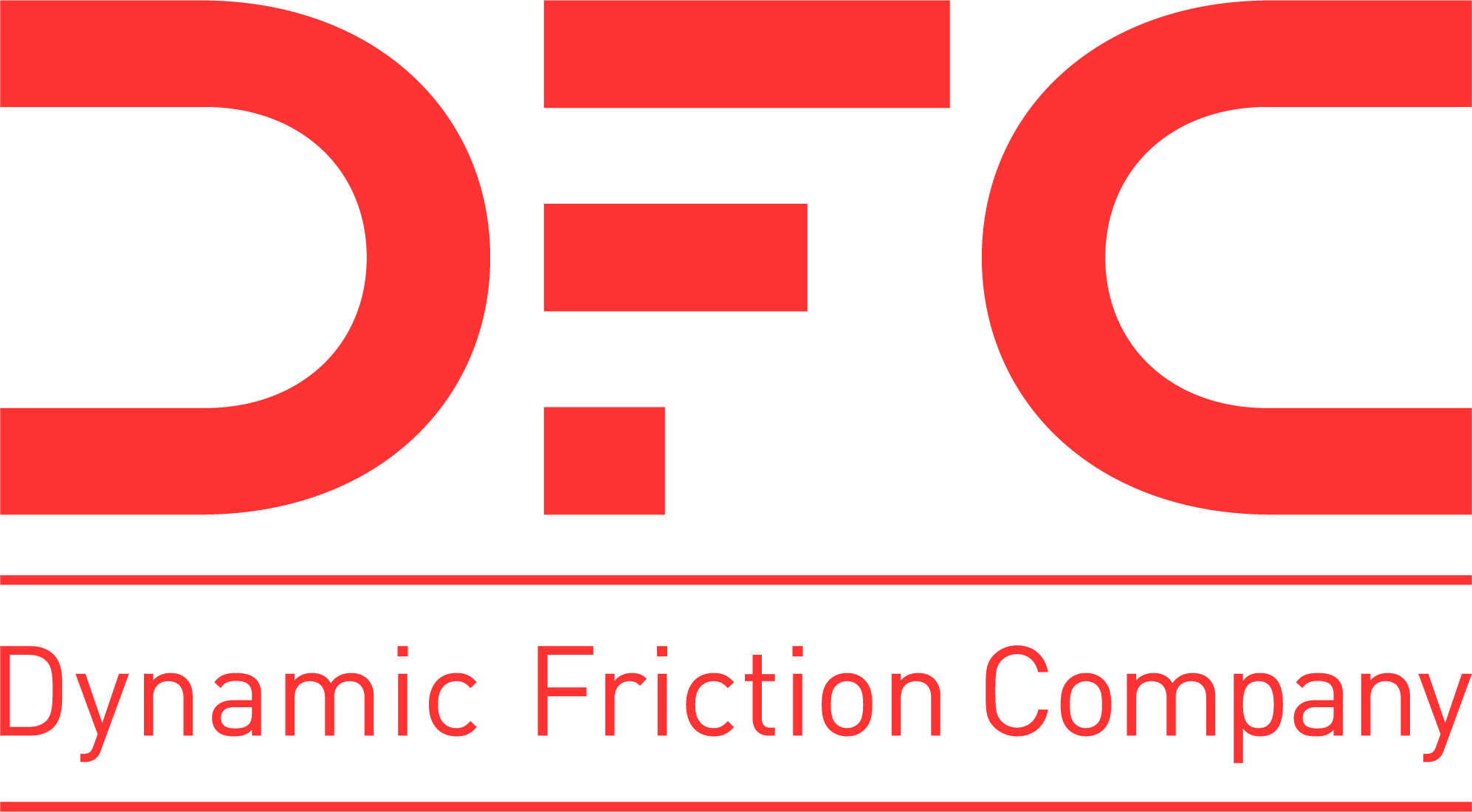
 UNITED STATES
UNITED STATES
